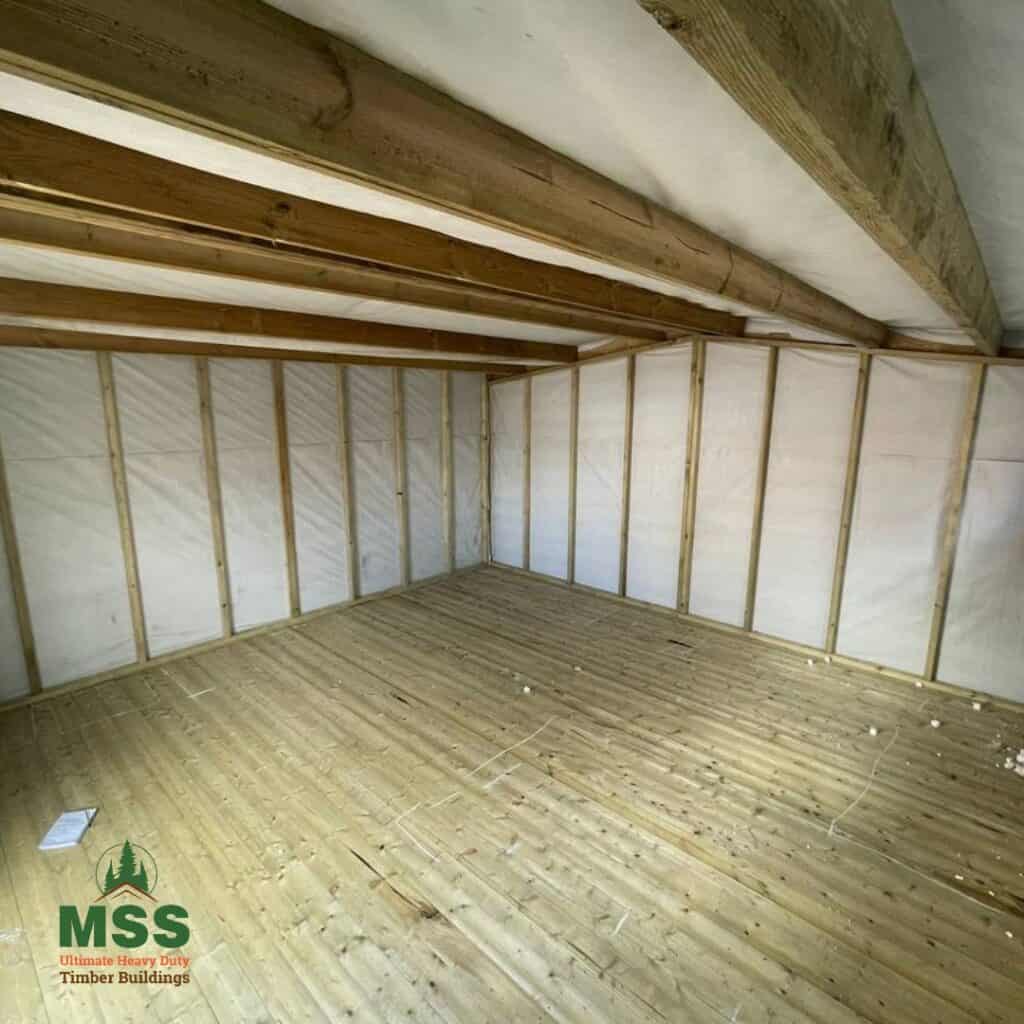When it comes to enhancing your garden with a large summerhouse, determining whether you need planning permission is crucial. This guide will navigate the complexities of planning regulations in the UK, focusing specifically on the requirements for a large summerhouse.
What is Planning Permission?
Planning permission is a legal process where you must obtain consent from your local council before proceeding with certain building works or changes to the use of land or buildings. It ensures that developments are suitable for their location, considering factors like appearance, impact on the environment, and infrastructure.
When is Planning Permission Required for a Large Summerhouse?
The requirement for planning permission for a large summerhouse depends on several factors, including the size, location, and purpose of the structure. Here are key considerations:
- Size and Height:
- Structures more than 2.5 metres in height within 2 metres of a boundary will generally require planning permission.
- Summerhouses with a maximum height of over 4 metres with a ridged roof, or over 3 metres for any other roof type, are likely to need permission.
- Proximity to Your House:
- If the summerhouse is to be placed within the curtilage of your house but not as an extension to your home, it is generally considered permitted development and does not need planning permission, provided it meets certain conditions.
- Location:
- Properties in designated areas such as National Parks, the Broads, Areas of Outstanding Natural Beauty, World Heritage Sites, and Conservation Areas will have stricter rules, often requiring planning permission.
- Usage:
- If the summerhouse is intended for living accommodation or running a business, planning permission is typically required.
Permitted Development Rights
For many, the installation of a summerhouse falls under ‘Permitted Development’ rights, which allow you to make certain changes to your house without needing to apply for planning permission. The specific conditions include:
- The summerhouse should cover no more than half the area of land around the original house.
- It should not be forward of the principal elevation or side elevation fronting a highway.
- The materials used should be similar in appearance to the existing house.
However, it’s essential to verify that your property’s permitted development rights have not been removed or modified by an Article 4 Direction or a previous planning condition.
Prior Notification and Other Considerations
Even if your summerhouse meets the criteria for permitted development, it may still require prior notification to your local planning authority, particularly if it could impact neighbouring properties.
Additionally, even without planning requirements, building regulations are separate and may apply, especially if the summerhouse includes electrical installations or plumbing.
Steps to Take Before Building
- Consult Local Planning Authority:
- It’s prudent to contact your local planning authority for advice. Some councils offer a pre-application advice service, which can clarify any ambiguities and prevent legal issues down the line.
- Consider Neighbours:
- Discuss your plans with neighbours to avoid potential disputes which can arise from developments like these.
- Hire Professionals:
- Considering the investment and the complexity of planning laws, hiring an architect or planner to handle the application can be beneficial.
Conclusion
While the process might seem daunting, understanding the specifics of planning permission for a large summerhouse ensures that your new addition is compliant with local regulations, enhancing your property without legal complications. By taking the correct preliminary steps and seeking professional advice, you can enjoy your new garden feature with peace of mind.


